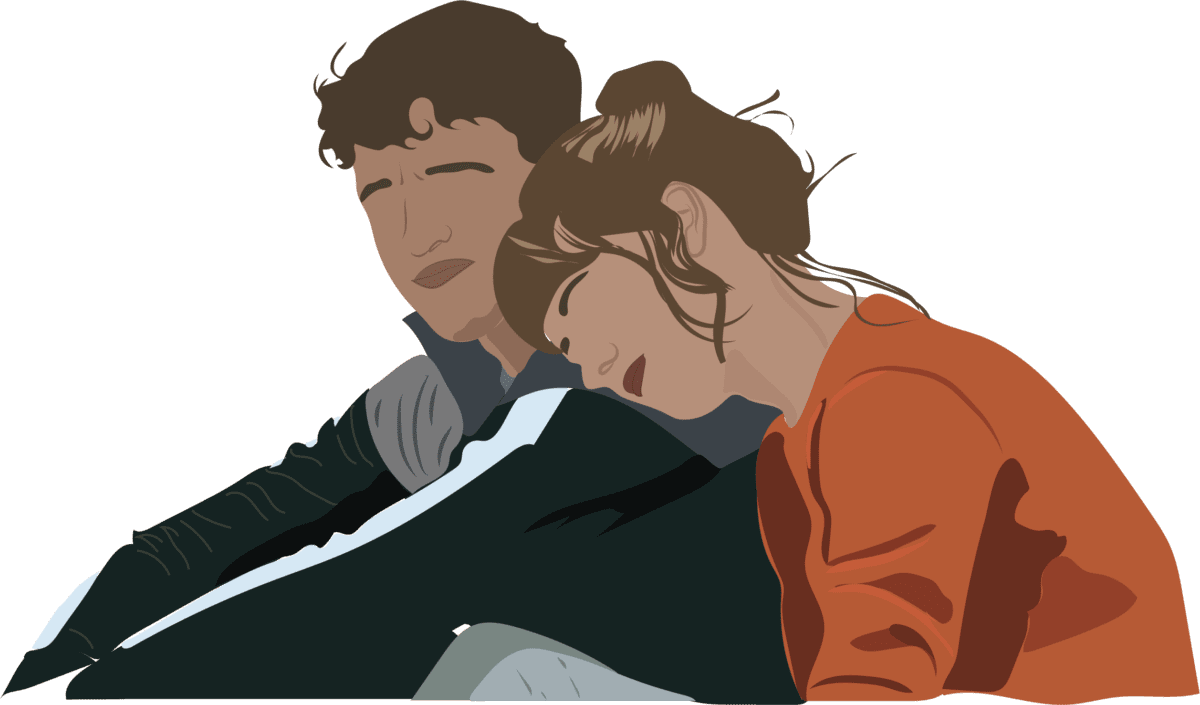In a speech given at the Oxford Union in 1995, film director Krzysztof Kieślowski made the following remarks. “It comes from a deep-rooted conviction that if there is anything worthwhile doing for the sake of culture, then it is touching on subject matters and situations which link people, and not those that divide people. There are too many things in the world which divide people, such as religion, politics, history, and nationalism. If culture is capable of anything, then it is finding that which unites us all.” This year’s BBC/Hulu adaptation of Sally Rooney’s Normal People could not have better captured the essence of Kieślowski’s words.
Never has a programme been as popular on the BBC’s streaming service iPlayer. Having garnered over 16 million views on the platform in its debut week alone, it went on to enjoy similar success in the US. All around the world, people have united in sinking themselves into the heart-wrench that accompanies the on-screen duo of Marianne and Connell. Not uncommon among viewers is a yearning for the story to end hastily — the suffocating pain often edges towards the unbearable. Yet, unflinchingly, we are entirely consumed, resistant to rise above the surface.
Set in Ireland, Normal People follows the lives of two young students as they progress through the confusions of their tumultuous relationship from young adulthood, to high school, and to the halls of Trinity College Dublin. It tends beautifully to the matter of what it means to be loved, unloved, in love, out of love, beyond and between. Vividly painted is a picture of the ecstasy that first love produces. Haunting is the rendition of the agony that follows from it’s capitulation. These themes, ubiquitous in their appeal are helped along masterfully by careful direction from Lenny Abrahamson and Hettie Macdonald.
Each time we are confronted with the most private moments of our two main protagonists, nothing appears rushed. There is always a lingering feeling of pleasure or melancholy to be found, and conversation is paced lethargically so that Marianne and Connell sound and feel real. The authenticity of this pacing is deeply affecting. It may very well be us in that room. How could we not care for them so?
When it comes to the sex scenes between Marianne and Connell, there is no doubt that they are a resounding breakthrough. Every inch of every frame seems to have been cautiously crafted as not to trivialise their sex lives. Contrary to current TV trends of expedient intimacy, there are no lustful cuts to their sex and instead the buildup is always purposeful. The nudity finds itself more to be a matter of sincerity than to be cheaply erotic. These delicate, sensitive scenes are then deliberately contrasted with the cold cut-away passages of Marianne’s more abusive sexual relationships in what really does become exceedingly heart-breaking. Full kudos must be given to the intimacy coordinator Ita O’Brien who demonstrates quite compellingly that setting boundaries and allowing actors to feel comfortable while filming sex scenes makes for an enormous impact on the overall quality of their performance.
Perhaps the most touching element of the series is how courageously honest it endeavours to be. Marianne and Connnell are smart people who make stupid mistakes. Though it may be tempting to criticise them for their lack of communication, which admittedly could have prevented a great deal of otherwise unnecessary suffering, it eventually becomes clear to us that there is more often than not a difference between what should be true and what is true of any given situation. Where most of our lives are not perfect and escapism might be the natural antidote, Normal People offers us none whatsoever. It rejects the lifestyle porn that so often monopolises the small screen and instead seeks to challenge us by hitting where it hurts.
If the success of Normal People had to be attributed primarily to one particular factor, it would not be the lockdowns that have swept across the globe and forced us indoors, nor the popularity of the novel on which it was based. Normal People stands on its own right through the universality of its themes and the honesty of their depiction. As Kieślowski would go on to say. “And there are so many things which unite people. It doesn’t matter who you are or who I am, if your tooth aches or mine, it’s still the same pain. Feelings are what link people together, that’s why I tell about these things, because in all other things I immediately find division.”
Think your name would look good in print? Woroni is always open for submissions. Email write@woroni.com.au with a pitch or draft. You can find more info on submitting here.
We acknowledge the Ngunnawal and Ngambri people, who are the Traditional Custodians of the land on which Woroni, Woroni Radio and Woroni TV are created, edited, published, printed and distributed. We pay our respects to Elders past and present. We acknowledge that the name Woroni was taken from the Wadi Wadi Nation without permission, and we are striving to do better for future reconciliation.
